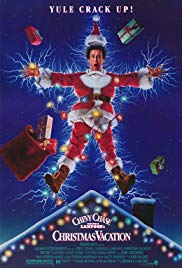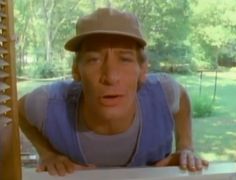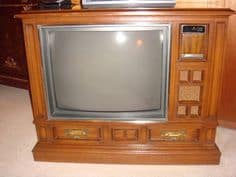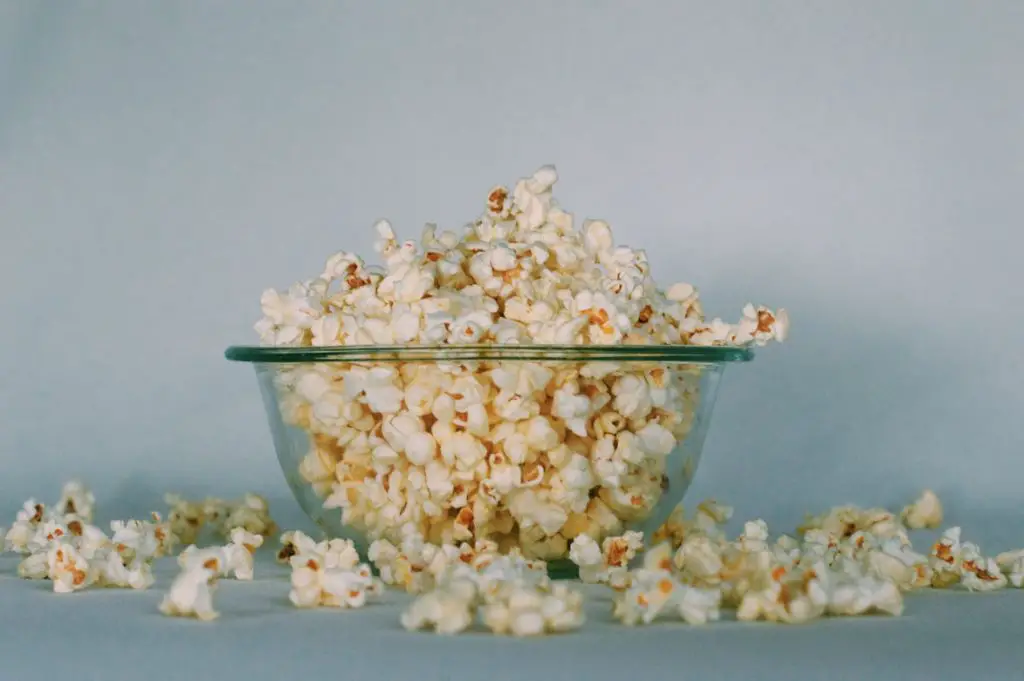
If the 80s gave us one thing it was an awesome new movie rating system. Up until that point you were stuck with 4 specific ratings but a new 5th one would change the landscape of movies forever.
The PG-13 rating was created in 1984 due to Indiana Jones and the Temple of Doom. It was created to bridge the gap between PG and R-rated movies. It would create a whole new genre of movies that would become some of the most successful of all time.
I remember growing up in the 80s thinking that any movie that had the PG-13 rating was like a seal of quality. It just had this sense that it was going to be good. And based on all the classic movies from the ‘80s they usually were.
PG-13 was the perfect gap between some family/kid-like movie fare and the unaccessible R-rating. It meant it contained all the things that kids growing up in the 80s would want; It would push the limits but not traumatize you for life. Well, maybe they still would
Let’s look back on why the PG-13 rating was created thanks to an
The Early Movie Ratings
The MPAA movie rating system started in 1968 and started with G, M, R, and X. They were there to provide parents with the information they needed regarding the movie they may, or may not, be
Ratings are determined by the Classification and Ratings Administration (CARA). But in 1968 it was started by ORC International (now Engine Insights) and they have rated an average of 587 movies per year. The year with the highest amount of movies was 2003 with 940 as this was the peak of the DVD boom.
So with nearly 30,000 movies having been reviewed here’s how they’ve been broken down from filmratings.com:
- 1,574 rated G
- 5,578 rated M/GP/PG
- 4,913 rated PG-13
- 17,202 rated R
- 524 rated X/NC 17
Before PG-13 in
In 1968 they created the “Hayes Code” to help give movies their ratings. The code was first used to add guidelines to blasphemy and mocking clergy in movies when the country was a bit more religious. It would also identify things like violence or prostitution being featured. It would be the standard for rating movies for 16 years.
And this would bring us to toy sales and divorce…
Indiana Jones and the Temple of Doom
Raiders of the Lost Ark was a great movie, full of adventure, action, and intrigue, and set the stage for one of the greatest trilogies of all time. But like the Empire Strikes Back, the second installment of the series took on a darker tone.
I remember seeing The Temple of Doom and being pretty horrified by it. It came out in 1984 and I was only 7 so there was no way in hell I would see it in the theatre and would have to see it years later. If you were a normal-aged kid, say 10-12, there was no way you didn’t want to see this movie after how awesome Raiders of the Lost Ark was.
And Indiana Jones and the Temple of Doom came with a normal PG rating, so what could be so bad about it?
Turns out a lot. George Lucas had just gotten divorced, and Steven Spielberg was going through a breakup so a lot of this anger and darkness would be reflected in the film. Their bad moods would lead to scenes that included human sacrifice, child slaves dying in their parent’s arms, and eating snakes and brains among a lot of other violence.
This was a PG movie…
Spielberg had been doing this for a while in fairness with movies like Poltergeist and Gremlins. Gremlins really seemed to appeal to kids with the cute little Mowgli featured in the commercials. They definitely didn’t show that blender shot in the trailers. Poltergeist was actually supposed to get an R-rating until Spielberg fought to get it reduced. Yikes.
Toy Sales Dictating Movie Ratings
Due to the monumental success of toy sales (especially Star Wars) that were attached to movie properties, it was imperative to get any of these new franchises in front of as many kids’ eyes as possible. And what better way to do that than with a regular PG rating? Kids won’t give a crap about toys from a movie they aren’t allowed to see so push for the PG rating and your movie now becomes a commercial.
Indiana Jones and the Temple of Doom was clearly marketed towards kids and they had a ton of merchandise ready to go including action figures, cereals, video games, and the usual crap put out by studios.
The movie was a massive hit opening on a record-breaking weekend for the time. It would end up coming up just behind other massive hits that year including Ghostbusters and Beverly Hills Cop 2 for highest-grossing movie of 1984. Indiana Jones would end up bringing in $179 million just in the U.S which converted for today would be around $428 million.
And parents flipped the f*ck out.
Trusting the PG rating, kids would end up being freaked out and traumatized by the excessive violence and gore. Parents thinking they were going into basically a family movie were in for a rude awakening. They were screaming that it should have been R-rated
Critics, though most of them loved it, couldn’t help but point out what this might be doing to children. A review from Variety from 1984 would state that the movie:
“..might prove extraordinarily frightening to younger children who, indeed, are being catered to in this film by the presence of the adorable 12-year old Ke Huy Quan.”
People M
This issue had come up with the PG-rated Jaws in 1975 but they at least had a warning on the movie poster saying it would be too intense for children. Spielberg started to think there needed to be a solution to this issue.
Coming Up With A New Rating
Spielberg stayed adamant that Temple of Doom shouldn’t have an R-rating but realized there needed to be something that bridged the gap between PG and R as that was such a wide range. He needed something that would allow him to push his vision, as violent as it may be, while not isolating kids they were trying to sell products to and sell a crap load of tickets.
So a compromise was created that would end up changing movies forever.
Spielberg went to Jack Vilente who was president of the Motion Pictures Association about bridging the gap. In an interview with Vanity Fair, he shared:
“I remember calling Jack Valenti [then the president of the Motion Picture Association] and suggesting to him that we need a rating between R and PG, because so many films were falling into a netherworld, you know, of unfairness. Unfair that certain kids were exposed to Jaws, but also unfair that certain films were restricted, that kids who were 13, 14, 15 should be allowed to see. I suggested, ‘Let’s call it PG-13 or PG-14, depending on how you want to design the slide rule,’ and Jack came back to me and said, ‘We’ve determined that PG-13 would be the right age for that temperature of movie.’ So I’ve always been very proud that I had something to do with that rating.”
They proposed a PG-13, a PG-14, and a PG-2 rating which I’m still not sure the intention behind. The MPAA thought that PG-13 would be the right one to go for. This rating got up and running pretty quickly and was already established in July. By August 10th, 1984, just 3 months after the Temple of Doom came out it was already being used. And the very first movie to get it?
Red Dawn starring Patrick Swayze. Who shared a birthday with me. R.I.P
How PG-13 Became Insanely Popular And Profitable
So PG-13 is perfect, teens know it’s not going to be a kiddy movie that they’d have to take a younger sibling too and parents knew it was going to be intense, but not as bad as an R-rated movie. You know now that you’re going to get some violence, swearing, and maybe the odd exposed body part.
It just wasn’t going to go over the top with those things.
Past movies weren’t going to be re-rated but now any major blockbuster movie that was put out from August 1984 forward would carry it. And this is what I meant about PG-13 being the seal of approval. This was brand new to us and hearing its use in commercials had such a good ring to it. It meant this thing is going to be GOOD.
R-rated movies up to that point had been huge. Beverly Hills Cop was R-rated and was the highest-grossing movie of 1984. Purple Rain and Police Academy were also up there but today you never see R-rated movies in the top ten. This is because those movies from 1984 could have done even better. How many more people would have seen Beverly Hills Cop if it was PG-13? I was dying to see it but there was no way in HELL I could have.
PG-13 would be the new standard for studios.
Billion-dollar movies didn’t start happening until PG-13 was invented, because not everyone could see them. 6 of the top ten highest domestic grossing films of all time are PG-13, including the number one overall, Avatar.
The highest-grossing R-rated movies of all time were led by the Passion of the Christ until Deadpool came along. And its overall gross was around $370 million until Deadpool 2 topped it.
In 2019, Joker emerged as the top-grossing R-rated movie ever. Even though it’s made over one billion dollars, it sits at #32 on the all-time highest-grossing movies list Studios realize there is a bit of a risk with an R-rated movie–especially when it comes to revenue.
Even Deadpool came out with their re-cut PG-13 version before Christmas so more people – younger people basically – would be able to see it.
PG-13 is perfect because it’s slightly geared towards adults but won’t turn young people off. PG has now been associated as a family movie and can be the kiss of death for studios unless it’s animated.
Wrapping It Up
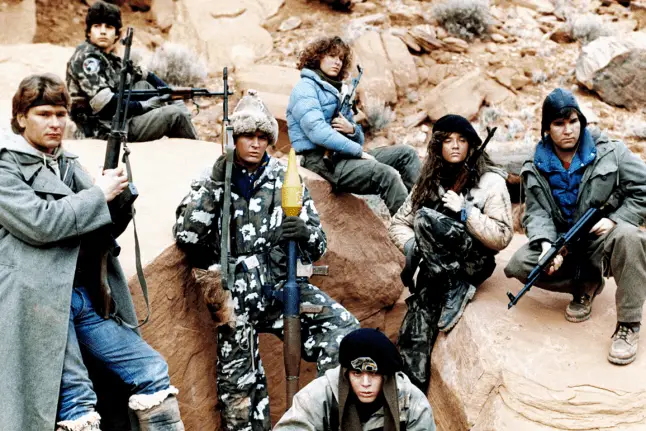
Ultimately we can thank George Lucas, Steven Spielberg, Indiana Jones, and Gizmo for giving us this amazing new movie rating. It might seem ridiculous to say but without the PG-13 rating system movies might not be what they are today. And we might not have so many of these iconic films from the ‘80s.
There’s also the downside and it may be why the movies of today seem like they can all blend together. They all follow this PG-13 format and don’t stray far from it. This might be why you’re seeing some studios starting to push the PG-13 rating the way Spielberg pushed PG.
Suicide Squad comes to mind as a movie that may have pushed it a bit too far and could have settled in better to an R-rating. But I guess that’s what movies are there for, to push boundaries and norms.
Either way, the story of the PG-13 rating is a very interesting one. It’s one of those situations where you don’t realize the true extent into what came behind its creation.
So that’s why the PG-13 rating was created and we need to be thankful for that monkey brain-eating scene from the Temple of Doom…

